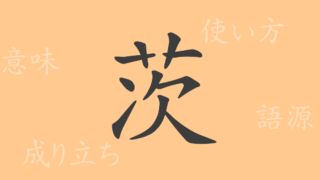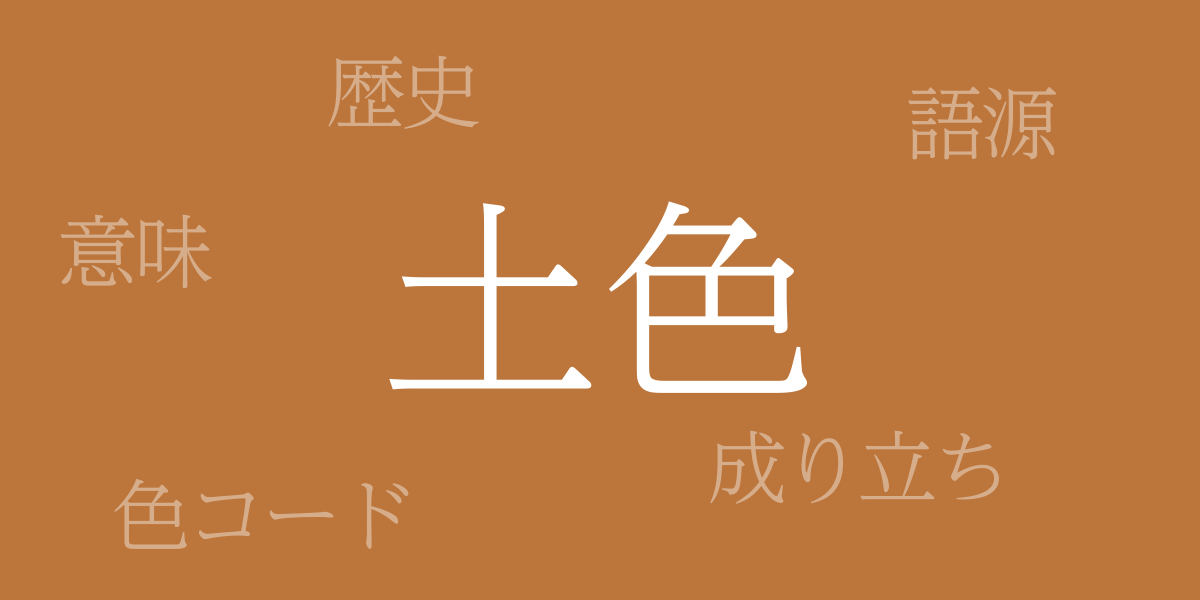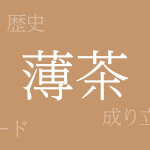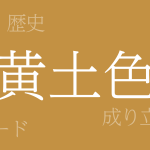Japan’s traditions and culture are renowned globally for their colors. Among these, “Tsuchiiro (土色 – つちいろ)” evokes a deep connection with nature and holds a special place in Japanese traditional colors. This article explores the allure of Tsuchiiro, delving into its history, color code, and even its Western name.
About Tsuchiiro (土色 – つちいろ)
Tsuchiiro (土色 – つちいろ), literally ‘earth color’, is a warm brown that evokes the essence of soil. It has been cherished in Japan from ancient times as a natural color, used in clothing, architecture, and crafts. Its calm hue is indispensable in creating traditional Japanese spaces and is incorporated into many modern designs.
The History of Tsuchiiro
Tsuchiiro appears frequently throughout Japanese history in various documents and works. During the Heian period, it was used in aristocratic attire, and in the Muromachi period, it played a significant role in the culture of tea ceremony. This color, harmonizing with nature, is closely related to Japanese aesthetics and has been passed down through the ages.
Color Code of Tsuchiiro
In today’s design industry, accurate color reproduction is crucial. When representing Tsuchiiro digitally, the following color codes are used:
- HEX: #BC763C
- RGB: R:188 G:118 B:60
- CMYK: C:33 M:62 Y:83 K:0
Western Name for Tsuchiiro
The Western equivalent for Tsuchiiro is ‘Sienna,’ named after the pigment made from the earth in the Siena region of Italy. Like Tsuchiiro, Sienna is a warm brown with a reddish hue, commonly used in painting and recognized internationally.
Conclusion on Tsuchiiro
Tsuchiiro symbolizes the natural and cultural beauty of Japan. Loved through history and unfading in its appeal today, it utilizes color codes and Western names for international and digital representation. Choosing Tsuchiiro can bring a sophisticated and serene beauty to any space, embracing traditional Japanese aesthetics.

























